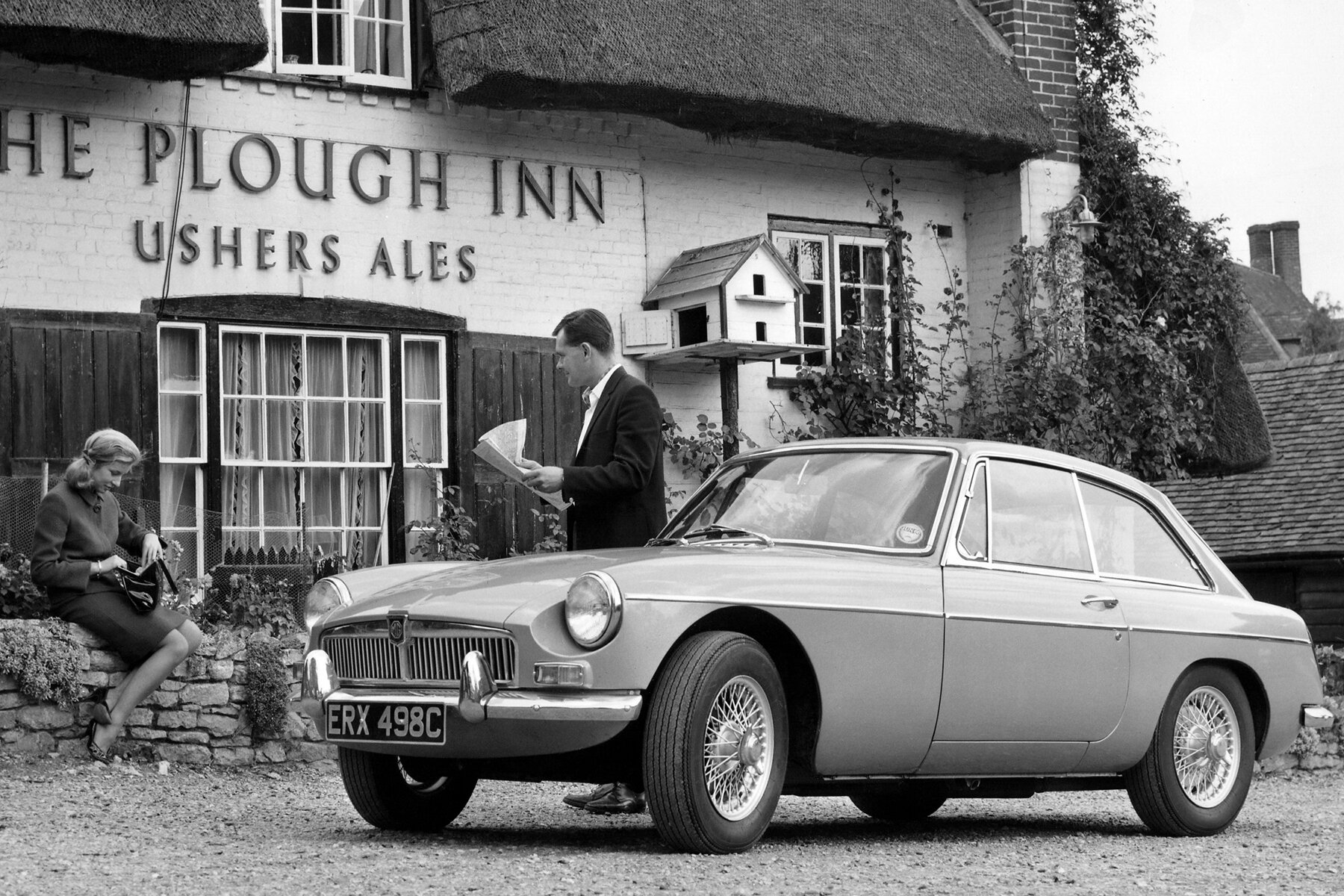Quintessential sports car, or simple, everyday classic? The MGB and MGB GT have earned their spurs as the go-to classic sports car for those who want a simple and easy-to-maintain experience. Here are our top tips for getting the best one for your money…
Like Elvis or the Beatles, the MGB’s popularity seems to be eternal. And with good reason: by combining handsome roadster and GT bodywork with rugged BMC underpinnings, the MGB is still more than capable of offering easy, trouble-free classic motoring today.
In the decades following its 1962 launch, increasingly sophisticated competition made the MGB look a little old hat. However, that is in its favour; with simple mechanicals, and unrivalled parts availability, there’s no reason why you can’t drive one all year round. Many owners already do.
MGB and MGB GT buying guide
Bodywork and chassis
Rust has always been the MGB’s biggest enemy, and can strike pretty much all over the steel monocoque. Fortunately, new panels, repair sections and even entire bodyshells can be bought off-the-shelf from specialists.
Water ingress on both roadsters and GTs can quickly eat away floorpans. Sills are not only essential to body strength, but also surprisingly involved to fix. Stainless sill trims can hide rot here; watch for bubbling paint around their edges. Inspect the rear spring hangers, too, as well as the nearby battery boxes.
The box sections at the top of the front inner wings have a hard time, and rot out readily; this is a wing-off job to repair. Scuttle edges also typically follow suit, which, if left for long enough, can spread to the base of the windscreen. Fortunately, the outer front wings are bolt-on panels and easily replaced. Likewise the doors and the GT’s hatchback; these, too, can rot out.
Engine
Always powered by the rugged 1798cc B-series four-pot, there is little to worry about with the MGB’s engine. Main bearings increased in number from three to five in 1964, but all versions are very long-lived, and can easily clock up over 100,000 miles with careful, regular maintenance. Be sure to ask how often the engine has been serviced; regular oil changes are key to its survival. Look out for oil leaks from the front and rear crankshaft seals; replacing the rear item can be done, but involves removal of the engine.
A car that appears to be burning oil might simply be suffering from a blocked crankcase breather, although the problem could be more severe. Worn valve guides could necessitate an exchange cylinder head, while burning lubricant due to excessive bore wear means that a bottom-end re-build is likely imminent. Fortunately, reconditioned engines are easy to track down.
Interior
Make sure what you’re looking at is in good condition. Hard-wearing vinyl seat covers and door trims tend to survive well, although watch out for any rips. Entire new interiors are available off the shelf, although these don’t tend to be cheap. Wet carpets could be due to a leaky heater, or an ill-fitting hood; new versions of the latter are also easy to source.
Running gear
The four-speed ‘boxes are hardy, although early units lack synchromesh on first and reverse. Whine in these ratios is normal. Laycock overdrive was only ever an option during the MGB’s chrome-bumper era, but can transform the car’s usability. Ensure it engages and disengages smoothly, but don’t dismiss a car with misbehaving overdrive – poor electrical connections or a low oil level are the most likely causes for non-operation.
Rear leaf springs are long-lived, but can sag with age. Bushes also only have a finite life, so assess these, along with the condition of the rear spring shackles. Lever arm dampers can leak, but reconditioned items are available. Ask if the front suspension has been re-greased every 3000 miles – if not, the kingpins can wear out rapidly. Satisfy yourself that the brakes are working correctly. Wear in the master cylinder, or servo seal failure, will need swift rectification.
Should you buy an MGB? The CCfS verdict
Legions of MGB owners can vouch for how good an all-rounder this perennial sports car is. Its combination of user-friendly drivability, DIY mechanicals and exceptional parts supply combine to make sense no matter which way you look at it. Provided the bodywork is in good condition, there’s no reason why the home mechanic should have any difficulty in keeping a MGB in fine fettle.
You might also like
MGB and MGB GT specs and details
Production 1962-1980
Engine capacity 1798cc
Cylinders 4-inline
Valvetrain OHV, 8-valve
Maximum power 84bhp@5500rpm
Maximum torque 105lb ft@2500rpm
Maximum speed 104mph
0-60mph 12.8sec
Fuel economy 25.7mpg
Gearbox Four-speed manual


